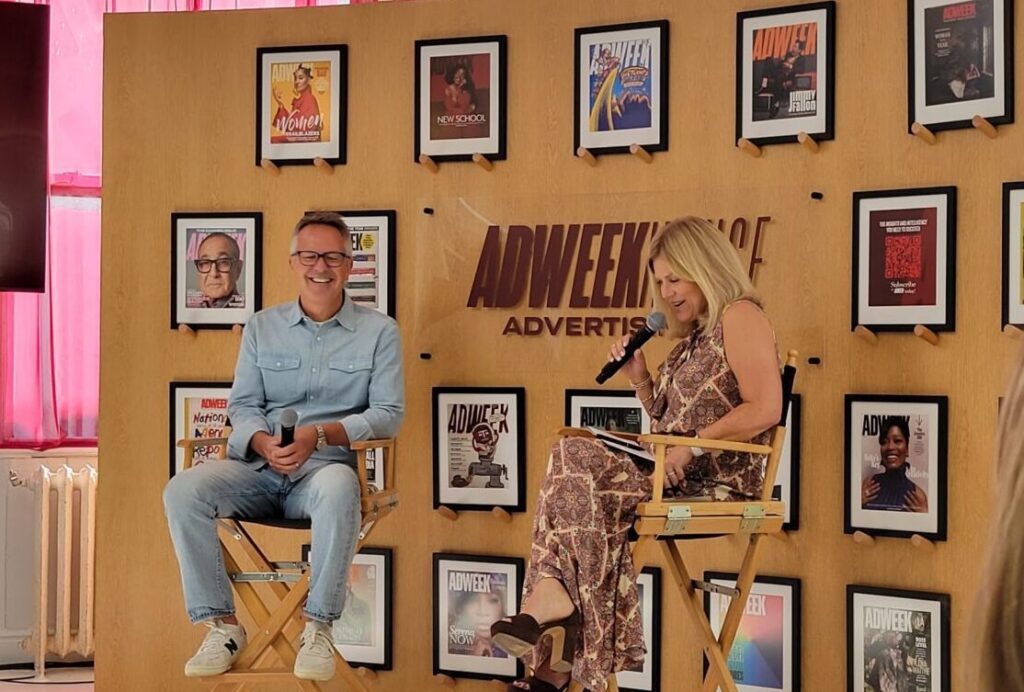We all know that marketing is primarily a numbers game. What was the response rate for your last campaign? How strong is your customer sat score? What’s the ROI of your new strategy? Metrics are critical to art of successful marketing, but they can also be a problem if they distract from the critical goal of meaningfully connecting with your customers. This is especially true for loyalty marketers.

More than any other kind of marketing, loyalty marketing is premised on the assumption of a special kind of brand-customer relationship. The very use of the lofty term “loyalty” to describe this approach creates the expectation for something more intimate than the mass personalization of direct marketing or the populism of advertising. It is the brand making a commitment to really get to know “you” and reward you for resisting the temptation to flirt with the competition. When marketers look deeper, they’ll find distinctly different types of loyalty. Use this scale (from poorest to best) to determine which level of loyalty is your program currently achieving?
The problem is that even the most well-intentioned loyalty program owners can become overly focused on the transaction over the customer. They pour over data tracking the ups and downs of spend, redemption, liability and cost-per-point and forget about…hmmm, what was that other goal we had for the loyalty program? Oh yeah—customer retention.
As a result, far too often loyalty is reduced to a one-way relationship that is all about the brand getting the customer to do what is expected of them while letting the brand off the hook. Like being on a date where the other person talks about himself or herself all night and then expects you to pick up the tab, is it any wonder then that many loyalty programs are struggling with keeping members engaged? (Here’s my list of the top three things customers want to avoid in your loyalty strategy)
Smart brands can break out of this op-sided approach and create true customer connection by embracing the notion of “reverse loyalty”—retaining your customers by placing their needs over those of your bottom line. Forget for a moment about sales figures, value scores and segmentation and simply ask yourself “What would my customers really love me to do for them?” This doesn’t mean throwing profitability out the window, but it does mean treating your program members at least as well as you want them to treat the brand. For instance, here’s what your customers are likely hungry for:
Treat my inbox with respect—Ten emails a week with my name in the subject line isn’t personal—its spam. If you truly understand me, make sure I only see emails and text messages that are actually relevant to what I buy and when I buy it. And remember, I already love your products, so it’s okay to not to sell me so hard.
Surprise me—I’m not a demographic, I’m a human being. I like something a little unpredictable now and then, especially if there’s no quid pro quo immediately expected. So why not woo me with the brand equivalent of an unexpected bouquet of flowers? Consumers can be segmented by “personas,” including world changers, competitive extroverts and club kids.
Give me the benefit of the doubt—Trust me, you’ve screwed up plenty of times and I stuck by the brand any way. So please do the same for me. Overlooking that late payment, or replacing without question that order that isn’t exactly what I wanted would go a long way to ensuring that I keep sticking around.
Help me connect with other loyalists—I’m a social being, so nothing reinforces the wisdom of the decision I made in choosing your brand like discovering other people who did the same. Put social media, gamification and location-based services to work to create opportunities for me to hear from and share with other’s who love your brand as much as I do.
The best relationships are reciprocal, and this is no less true of the love affair consumers have with the favorite brands. But loyalty should never be taken for granted and it’s never one-way. Re-thinking your strategy to ensure that it is as much about your loyalty to customers as it is their loyalty to you will pay dividends in increased customer retention, satisfaction and advocacy. And those will be metrics worth measuring.
Barry Kirk is the vice president of loyalty and motivation at Bunchball.com. He can be reached at barry.kirk@bunchball.com.
 Network
Network

